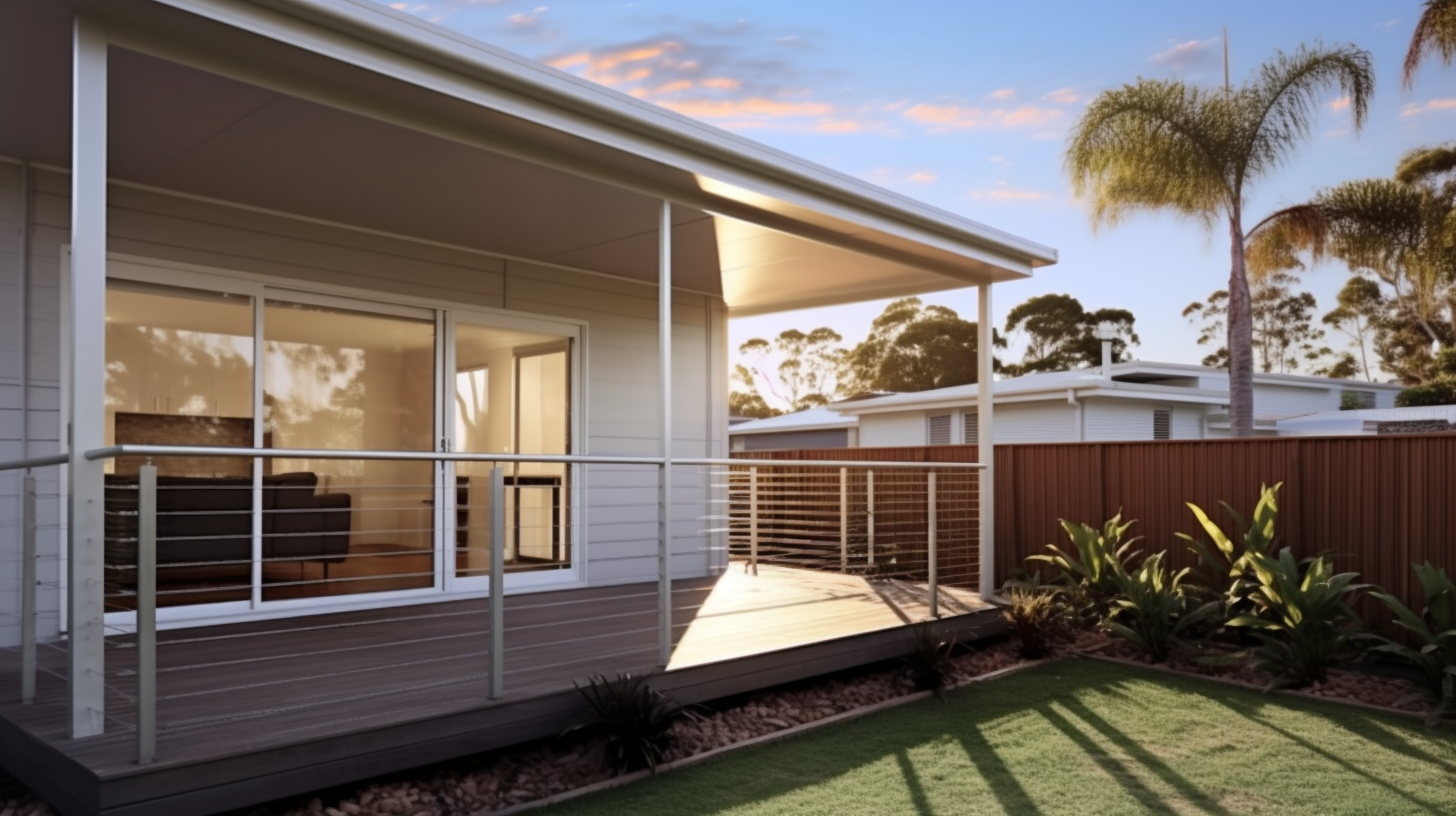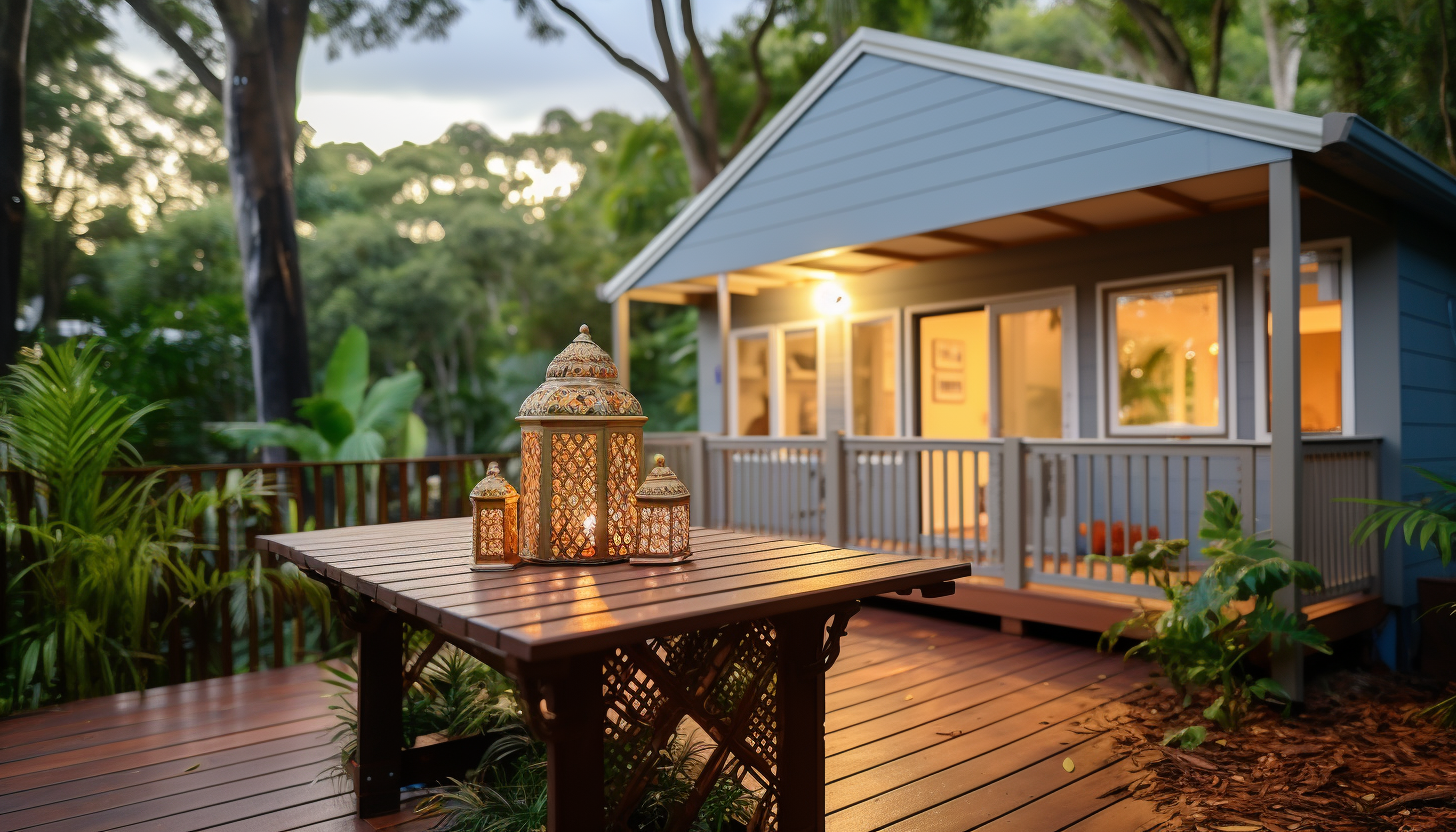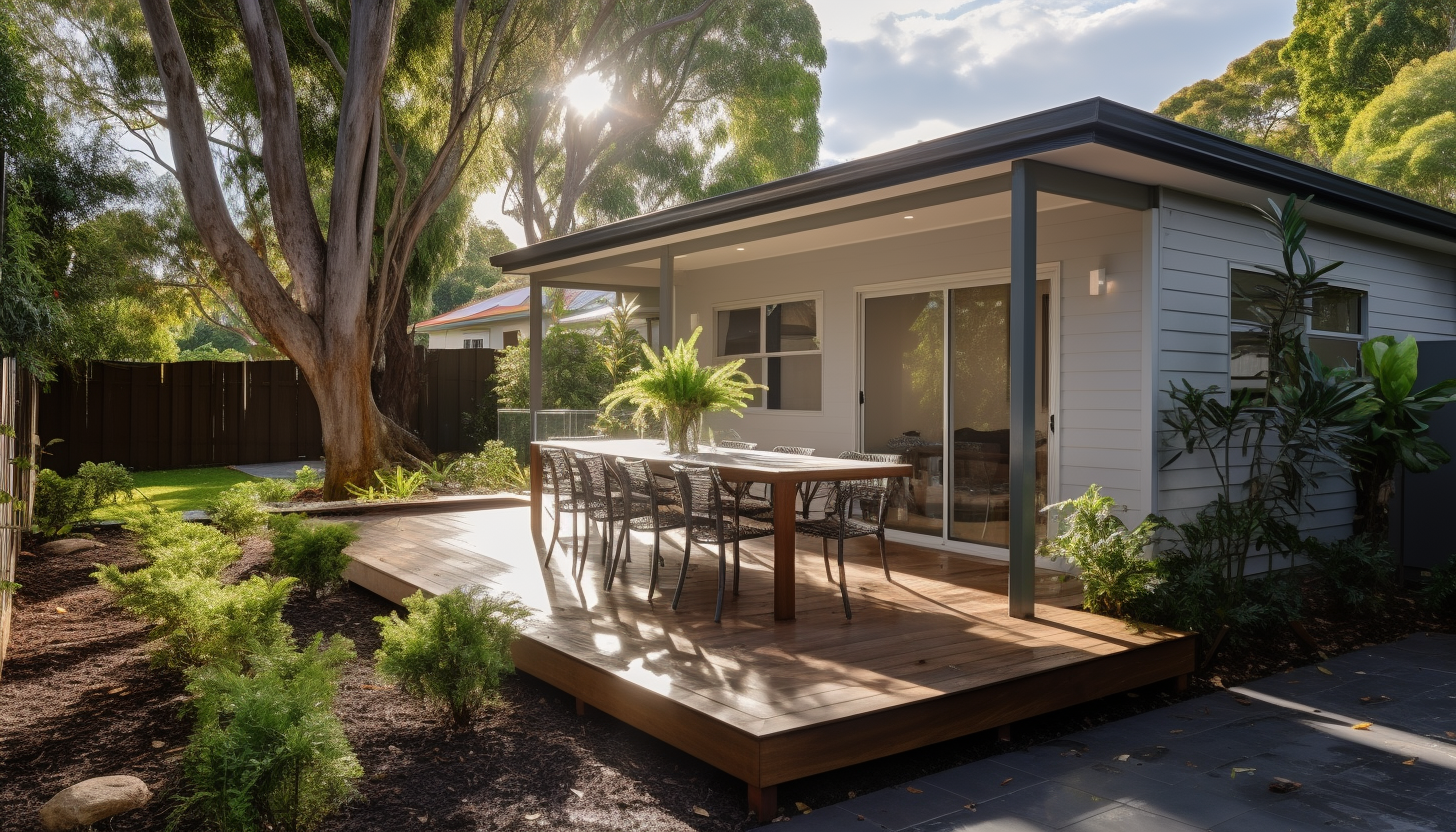
The “bank of mum and dad” has become the linchpin for 40% of 25- to 34-year-olds striving to own a home.
The Guardian
Greetings, parents! Today, we’re delving into a topic that resonates with many young Australians—the daunting challenge of entering the property market. A recent report from the University of Sydney, as featured in The Guardian, sheds light on a significant trend: the “bank of mum and dad” has become the linchpin for 40% of 25- to 34-year-olds striving to own a home. As a seasoned secondary dwelling and granny flat builder, this revelation amplifies the potential of secondary dwellings in addressing a crucial issue facing our younger generation.
- Incorporating Realities: The Financial Landscape for Young Australians
- The Power of Secondary Dwellings
- A Personal Insight: Transforming Lives, One Granny Flat at a Time
- How to Make the Most of Your Investment
- Statistical Comparison: Build a granny flat vs. Traditional Homeownership
- The Legal and Regulatory Landscape
- Case Studies and Testimonials
- Addressing the Property Crisis: A Deeper Look
- Conclusion
Incorporating Realities: The Financial Landscape for Young Australians
This revelation aligns with the hardships faced by many young adults. Rapidly rising property prices and the soaring cost of living are formidable obstacles limiting their chances of homeownership. The study, led by Dr. Laurence Troy from the Australian Housing and Urban Research Institute, underscores the urgency for alternative strategies.
The Power of Secondary Dwellings
Secondary Dwellings in the Context of Financial Struggles: In the face of these financial challenges, secondary dwellings emerge as a strategic solution. These dwellings offer an affordable entry point into the property market, potentially alleviating the burden on the bank of mum and dad and empowering young adults to chart their path to homeownership.
A Personal Insight: Transforming Lives, One Granny Flat at a Time
In my extensive experience as a secondary dwelling builder, I’ve witnessed families turning these compact spaces into stepping stones for their children’s financial independence. Take the Martinez family, for instance, who transformed their secondary dwelling into a stylish Airbnb, funding their son’s initial steps toward property ownership.
How to Make the Most of Your Investment
Strategic Planning in the Context of Research Findings
As the research highlights the importance of strategic planning, let’s delve into how secondary dwellings can be strategically integrated into your family’s financial roadmap. By optimising design, considering financial implications, and aligning with your child’s future goals, you can leverage these dwellings to secure their homeownership journey.
Learning from Financial Diaries
The research’s financial diaries shed light on the active strategies employed by young adults. Cooking at home and minimising discretionary spending are common practices, emphasising the need for cost-effective living. Incorporating such practices when planning and constructing secondary dwellings can maximise their effectiveness.
Statistical Comparison: Build a granny flat vs. Traditional Homeownership
| Aspect | Secondary Dwellings | Traditional Homeownership |
|---|---|---|
| Initial Investment | Lower cost of construction | Higher down payment and mortgage |
| Flexibility | Versatile use, potential income | Fixed residential space |
| Financial Independence | Potential rental income | Sole reliance on personal finances |
| Speed of Ownership | Faster construction time | Longer process of finding and buying |
| Dependency on Family | Potential for reduced dependency | Greater reliance on family support |
The Legal and Regulatory Landscape
Navigating Hurdles: Lessons from the Research
While the research underscores the significance of family support and living arrangements, it also raises concerns about potential exclusion from homeownership for those without supportive families. To address this, we must navigate legal and regulatory hurdles adeptly, ensuring that secondary dwellings are accessible to all.
Government Policies: A Missing Piece in the Puzzle
Interestingly, the surveyed young adults didn’t view government support as crucial to their homeownership goals. This sheds light on the need for a shift in government policies. Instead of short-term subsidies, the focus should be on removing long-term risks related to rising asset prices, interest rates, and precarious labor markets.
“Government policy in support of home ownership should move away from giving subsidy in aid of short-term housing deposit challenges, and instead focus on removing long-term risks and uncertainties generated through rising asset prices, rising interest rates and precarious labor markets.” – Dr. Laurence Troy.
Case Studies and Testimonials
Building on Realities: Integrating Research Insights
Let’s integrate the insights from the research into our understanding of real-life success stories. The financial struggles, minimised discretionary spending, and active saving strategies highlighted in the diaries align with the experiences of families successfully utilising secondary dwellings.
Voices of Experience: Testimonials from the Frontlines
As we explore testimonials, consider Sarah from Texas, who found not only added property value but also a launchpad for her daughter’s journey into adulthood. These voices reinforce the potential of secondary dwellings as a tool for financial empowerment.
Addressing the Property Crisis: A Deeper Look
The Guardian’s Insight
The Guardian’s report also touches upon the broader housing crisis in Australia. It emphasises that unstable and low incomes pose a significant hurdle to saving for a deposit, with 70% of those surveyed holding multiple jobs in the last five years and 40% seeking more work hours.
Government Policies: A Call for Change
Joey Moloney, a senior associate from the Grattan Institute, echoes the sentiment that housing supply is not keeping up with demand. He points out that heavy restrictions on construction approvals contribute to this issue, emphasising the need for a more evenly spread medium density in inner- and middle-ring suburbs.
Conclusion
A Holistic Approach: Synthesising Research and Practical Solutions
In conclusion, the research underscores the need for a holistic approach to homeownership for young Australians. Secondary dwellings, strategically planned and legally accessible, offer a tangible solution.
As a seasoned builder, I encourage you to explore the transformative potential of secondary dwellings and seriously consider to build a secondary dwelling —not just as structures but as investments in your child’s future. Let’s redefine the narrative of homeownership, one granny flat at a time.
If you’d like to chat with us and get a free quote, you can call (07) 5635 8990 or contact us online. We’d love to hear from you to see how we can help.







